How To Grow And Care For A Serviceberry Tree |
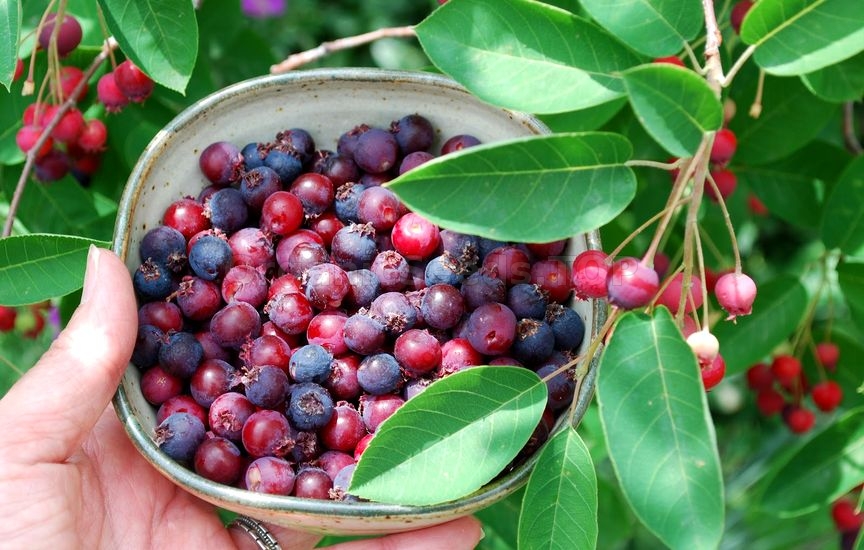 With a serviceberry tree (Amelanchier) in your garden, expect three full seasons of beauty and delight. Also known as shadbush, shadwood or shadblow, this tree's white, frothy flowers in spring develop into luscious, edible berries in summer. The finale is a brilliant, fiery fall display. This native American tree is a snap to grow and easy to care for, even in the coldest climates. The Delights of a Serviceberry Tree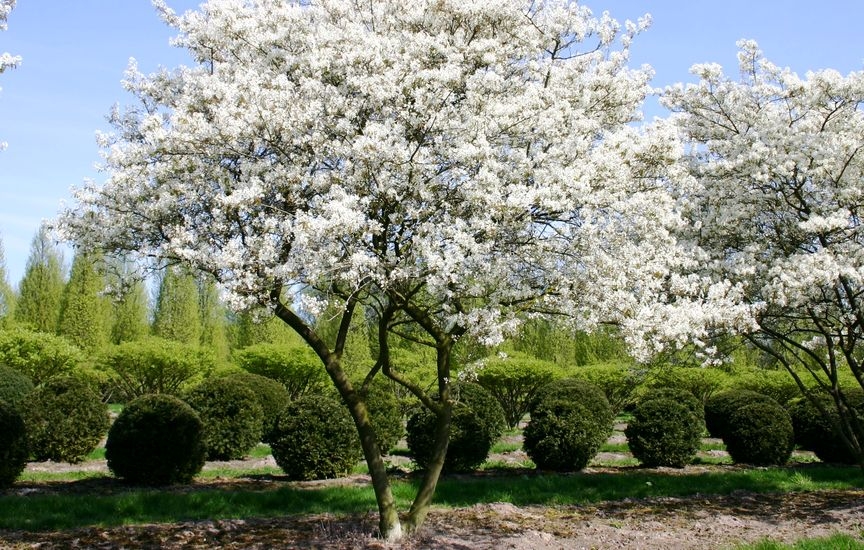 Native to North America, serviceberry trees are true gems in the garden, offering exceptional ornamental value as well as a bounty of delicious berries. The serviceberry show begins in early spring with the tiny, starry blossoms in white or palest pink that are also known for their fragrance. Fruit develops over the summer as the green baby berries turn deep purple as they mature. Finally, in autumn, the attractive, rounded leaves leap into fiery shades of yellow, orange and deep red.
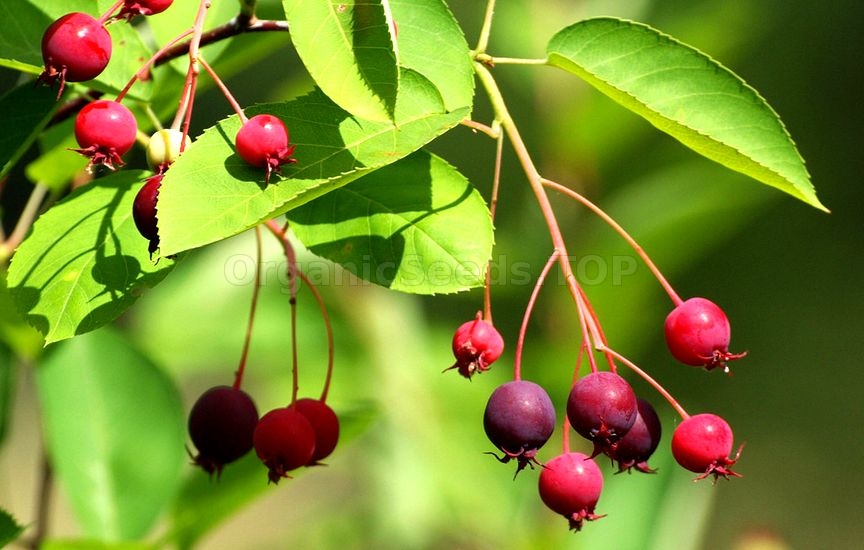 Once the serviceberry tree is established and starts fruiting, you'll get gallons of sweet blueberry-like fruit. The purple-red berries are gorgeous but also make for some magical eating. You can enjoy their sweet, mild flavor right off the bush. Serviceberries also bake well, so pop them into pie shells and fold them into muffins. You can also dry the fruit like raisins or use them in jams and ice cream. Growing Serviceberry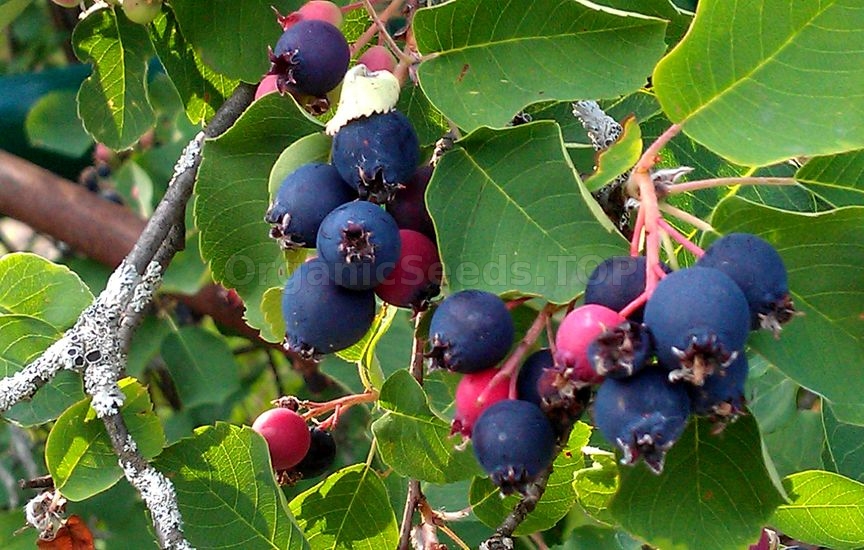 Growing serviceberry trees doesn't take a lot of work and they grow almost anywhere. Regional varieties grow happily from Canada to the Southern Appalachians and from one coast to the other. Pick a tree that is the appropriate size for your space. You'll find varieties from four feet tall (the running serviceberry) to a maximum of 40 feet (Allegheny serviceberry).
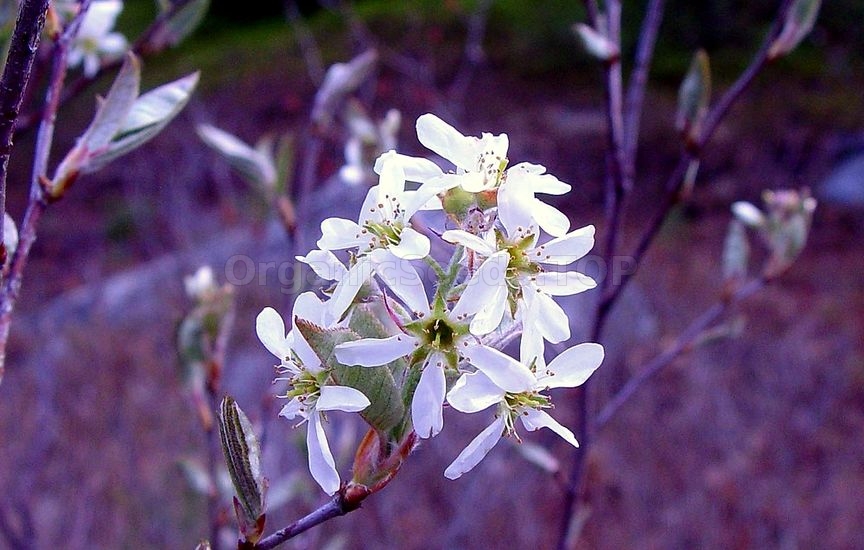 Although serviceberry grows best in full sun and moist soils, these tough natives tolerate wet conditions and the type of shade found in open woodlands. They are extremely cold-hardy and thrive all the way down to U.S. Department of Agriculture plant hardiness zone two. Caring for a Serviceberry Tree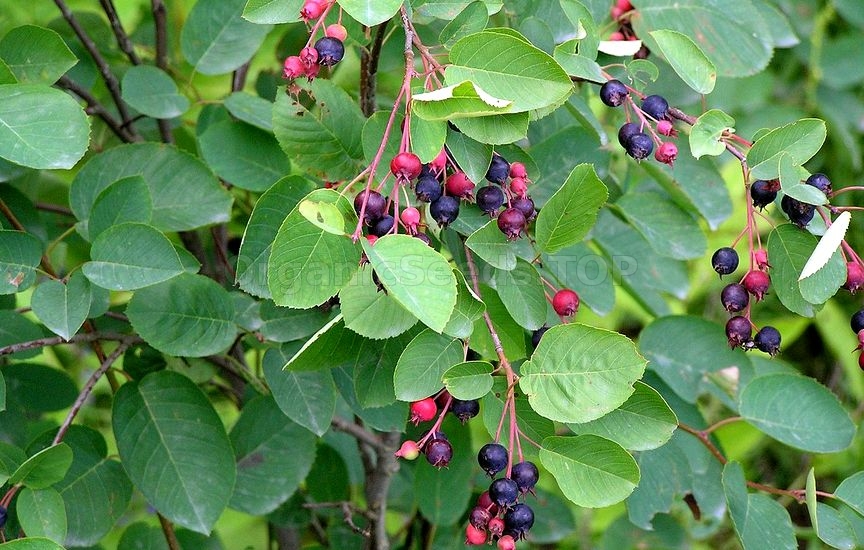 You'll keep serviceberry tree maintenance to a minimum by planting your tree in slightly acidic, well-draining soil with a pH range between 5.5 and 7.0 and providing regular irrigation. You don't need to prune serviceberry trees to keep their form graceful and attractive. Although these trees have the reputation for being drought resistant, they do better with water during dry periods. Keep fertilizer to a minimum, as with all native trees. 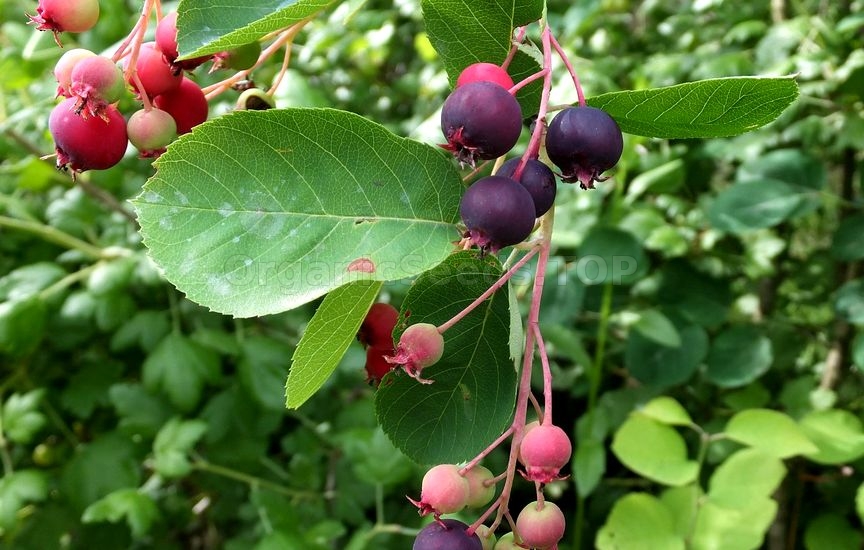 Serviceberry trees have no pests or diseases that regularly affect them.They can occasionally get rust, leaf spot, fire blight or powdery mildew, but most trees are very vigorous and healthy. Pests to keep your eye out for include sawfly, leaf miner, borers and scale. You may need:Organic Canadian Serviceberry Seeds (Amelanchier Canadensis)Fruit Trees SeedsOrganic Common Fig Seeds (Ficus Carica)Organic Osage Orange Seeds (Maclura Pomifera)«Relic» - Ginkgo Seeds (Ginkgo biloba) |
|
|
